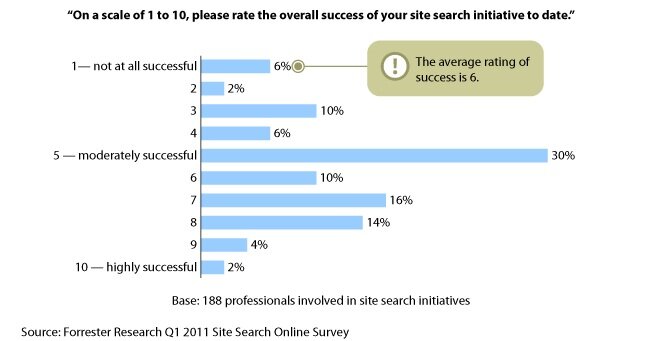How to fine-tune faceted search for the holidays
July 25, 2013 Leave a Comment
As the holiday season approaches, merchants seeking to optimize their sites for maximum conversion would do well to invest time fine-tuning the faceted navigation that powers their on-site search. When it comes to connecting shoppers with relevant products, faceted search seems like a dream solution. By allowing shoppers to select those product attributes that matter to them, shoppers are empowered to define their own personal path to purchase by in essence creating a personalized, targeted category custom-built for their needs. As our previous post pointed out, such opportunities for individualized shopping help distinguish brands from their competition.
But faceted search is complex to implement on a number of levels — SEO, anyone? — and often merchants struggle to realize its promise as a tool that smooths the path to purchase, rather than befuddles shoppers. Chief among the challenges: identifying the right attributes to offer as filters. While shoppers should have enough options to help them zero in on the most relevant products, it’s crucial not to present a confusing cascade of product details.
To continually improve the attribute set, merchants should conduct regular evaluations — and now, before the holiday season kicks into high gear, is an ideal time to make adjustments as needed. Merchants should:
-
Study existing internal search logs to determine which product attributes shoppers already search for, and what keyword terms they use – don’t assume insider industry terms are commonly used by consumers.
-
Consider a survey of existing customers to determine how they’d like to be able to refine search results.
-
Browse competitor sites to see what attributes other merchants in the same industry use.
While the list of must-have attributes is different for each brand, there are a few key categories merchants would do well to consider. Among them:
Go beyond color with visual-cue attributes. Apparel merchants have long employed color palettes within the list of facets as a means for giving shoppers a quick way to filter the results set to display only items available in their chosen hue. But with the web becoming increasingly visual, merchants in all industries should go farther and find ways to communicate facet options with icons, shapes or sliders. Eyewear and eye care site Lenscrafters lets shoppers filter frames by face shape as well as frame shape, using icons as guides.

Devise merchandising-based attributes. Especially during the holiday season, when gift buyers seek bargains and unique finds, the ability to narrow the results set quickly to qualifying items is crucial. Attributes to consider:
- On Sale. Let shoppers view only those matches that are discounted.
- Free Shipping. Similarly, let shoppers filter to view which items qualify for free shipping – the most sought-after discount and a powerful purchase incentive.
- New. Let shoppers view only the latest additions to the catalog that match their terms.
Use customer ratings — “x or better”. Merchants should leverage the power of product reviews to allow shoppers to see which products other customers endorse. Specifically, the attributes should display all reviews that match or exceed the shoppers’ selection — that is, if a shopper selects three stars, presumably that’s the lowest rating they’re willing to accept, and products earning higher ratings should also be shown. REI’s facet tool lets shoppers click the minimum star rating for products they’d like to consider and displays how many matches will result.
What faceted search attributes are most useful for your holiday shoppers?










Connect with us: